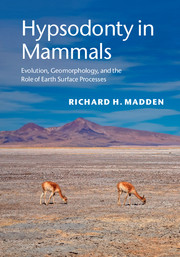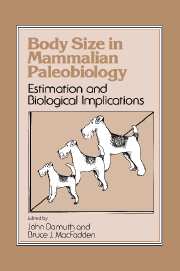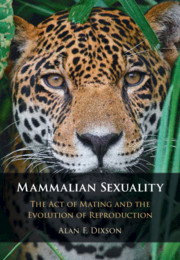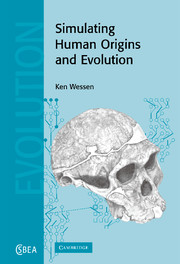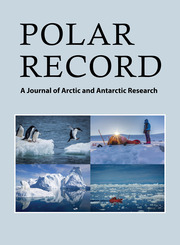Hypsodonty in Mammals
The evolution of high-crowned teeth, hypsodonty, is a defining characteristic of many terrestrial herbivores. To date, the most prominent focus in the study of the teeth of grazing herbivores has been co-evolution with grasses and grasslands. This book develops the idea further and looks at the myriad ways that soil can enter the diet. Madden then expands this analysis to examine the earth surface processes that mobilize sediment in the environment. The text delivers a global perspective on tooth wear and soil erosion, with examples from the islands of New Zealand to the South American Andes, highlighting how similar geological processes worldwide result in convergent evolution. The final chapter includes a review of elodonty in the fossil record and its environmental consequences. Offering new insights into geomorphology and adaptive and evolutionary morphology, this text will be of value to any researcher interested in the evolution of tooth size and shape.
- Draws on case-studies from around the world, highlighting the connections between large-scale surface processes and specific tooth wear patterns
- Integrates the fossil record of terrestrial mammal evolution with the sea-floor sediment record, offering new insights into geomorphology and adaptive and evolutionary morphology
- Presents the relationship between tooth wear/tooth shape and earth surface processes at two different timescales - ecological and evolutionary
Reviews & endorsements
'… packed with data and analysis, much of it unpublished elsewhere.' Christine Janis, Ameghiniana
'This book is a detailed and wide-ranging evaluation of an alternative explanation for the evolution of high-crowned chewing teeth in grazing mammals from South America and all over the world … Many of the analyses are sophisticated and complex, and the final chapter includes some philosophical musings about the metaphysics of causation. I first heard Madden discuss this issue at a conference in Bolivia a decade and a half ago. I found it exciting and important, and have been waiting to see it in print ever since. It was worth the wait.' John G. Fleagle, The Quarterly Review of Biology
'Madden has provided us with an abundance of evidence here that summarily makes the phytolith assumption dead. Through many case studies and reviews of carefully done studies of correlation and causation … Madden has made it an essential concern for those doing research on dental wear to consider the environmental context, including the composition of and access to naturally occurring abrasives, as part of their assumptions of what causes wear. … Much of the data included in this book is not published elsewhere, making this a primary source.' Complex Adaptive Systems Modeling
Product details
December 2014Hardback
9781107012936
443 pages
253 × 180 × 25 mm
1.02kg
79 b/w illus. 50 tables
Available
Table of Contents
- Preface
- Acknowledgements
- 1. Hypsodonty in South America
- 2. Hypsodonty in the South American fossil record
- 3. South America and global hypsodonty
- 4. Excess tooth wear in New Zealand
- 5. Soil erosion, soil ingestion and tooth wear in Australia
- 6. Crown height and tooth wear on islands
- 7. The East African Plio-Pleistocene
- 8. The middle Cenozoic of Patagonia
- 9. Ever-growing teeth
- 10. Summary and conclusions
- References
- Index.

